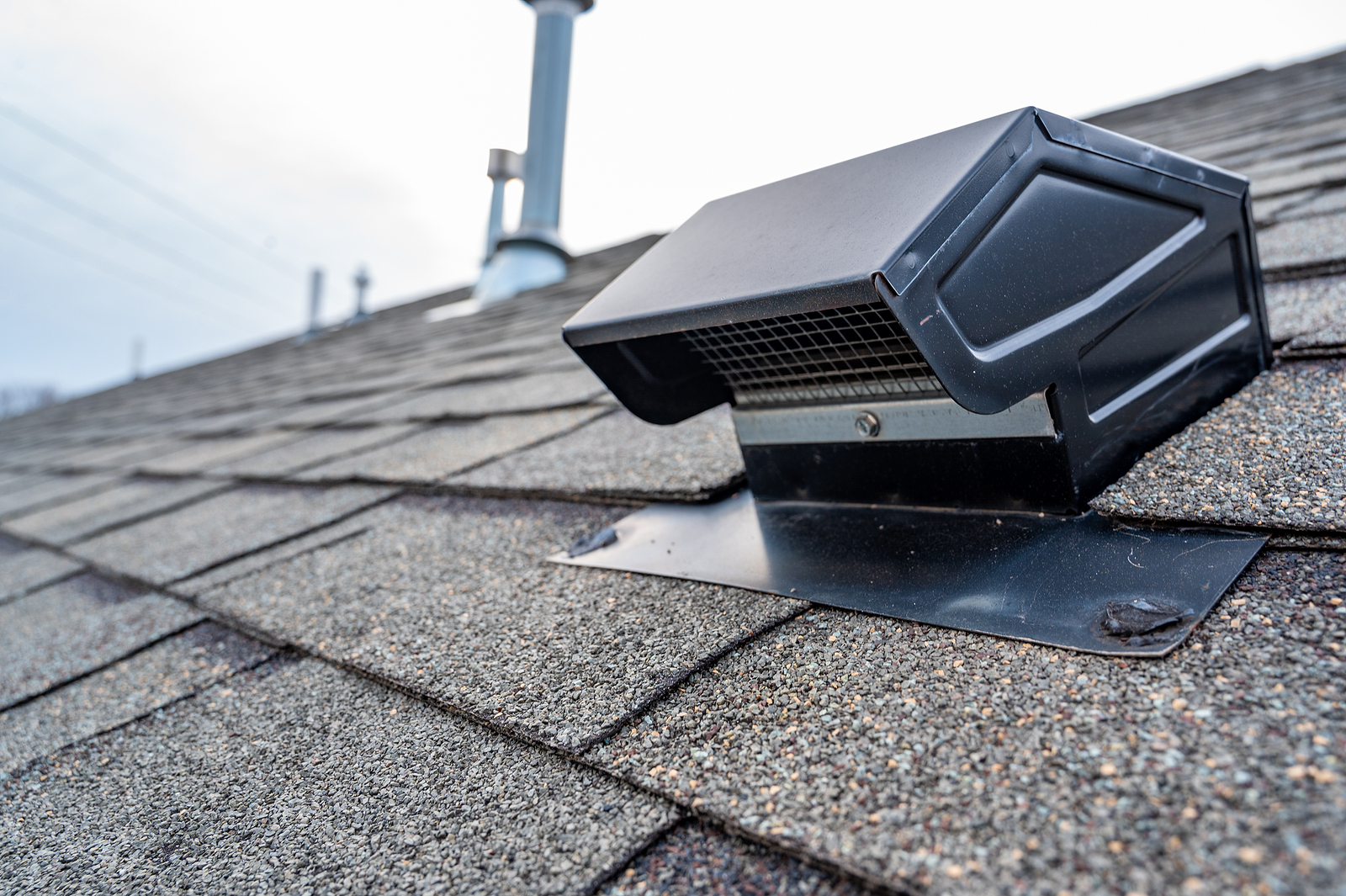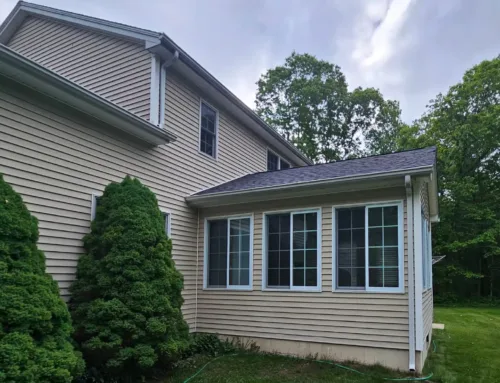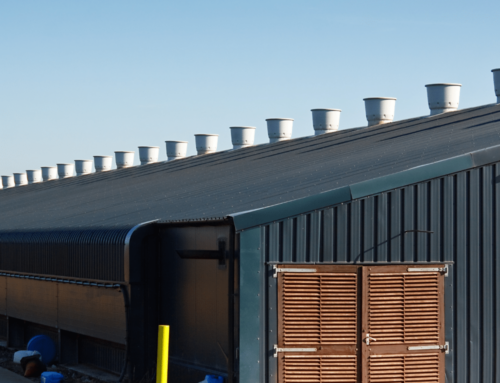What are the critical elements of a well-installed roof? For starters, there is the choice and quality of materials. Secondly is the expertise of the workers installing the roof. But a lesser-known component of a properly installed roof is balanced attic ventilation. Without it, your roofing system may not be performing to its potential, and a lack of proper ventilation could lead to problems in the structure of the home.
If you are replacing a roof, make ventilation a priority. Ask your roofing company how they plan to ensure the ventilation system is optimal. Their answer should include information about the ventilation products they plan to use, including intake and exhaust vents. Not all roof vents are created the same, so there will be options – and decisions – when it comes to the different types of roof vents available.
Why Is Ventilation Important?
A properly designed attic ventilation system – a collection of properly installed intake and exhaust vents – serves many purposes in your home. Throughout all four seasons, their job is to remove warm, moist air from the attic and reduce condensation to keep your attic dry and allow pressurized heat to escape so it doesn’t invade the other areas of the home, particularly while you’re trying to cool the living space with air conditioning. Without the right type and balance of roof vents and attic fans, you could wind up with pressurization problems, which could see your utility bills soaring. Improper ventilation can also lead to mold, mildew and damage to the roof structure.
What Are Different Types of Roof Venting?
Roof ventilation products come in a variety of types and styles. These include:
Roof Vents
These are controlled openings in your attic that allow air and moisture to enter or leave the home. Because heat rises, exhaust-style ridge vents – which let the bad air out — are typically placed at the top of the roof line. When it comes to the intake of fresh air, intake vents are placed lower on the roof line than the exhaust vents. This way, the air flow can help push hot, stale air out of the attic through the exhaust vents.
Attic Fans
Sometimes called powered attic vents, these vents include electric fans that help pull hot air out of your attic space. (Think of how you might put a box fan in a window on a hot day to pull stale air out of a home). While they are an effective way of ventilating an attic, they do come with electricity costs.
Gable Vents
These are vents that are usually installed on the exterior wall of your home, if it has roof gables, near the roof line, to create proper air circulation. When installed on either side of the home, they can act as passive ventilation with one acting as an intake vent and another as an exhaust vent.
Louvers
Roof louvers are a standard type of roof venting that will exist on many homes, particularly those with steep roofs. These are the small box-like vents often located on the peak of the roof, and they are responsible for the exhaust process, or letting the hot, moist and stale air out.
Which Ventilation System is Right for You?
Your roofing contractor will be able to evaluate your roof and your needs and help you decide about the right solution for optimum air circulation. In Connecticut, J.S. & R. LLC Roofing will guarantee that your roof is properly ventilated. At J.S. & R Roofing, we are dedicated to providing quality craftsmanship and great customer experiences for every job we take on. We serve both residential and commercial clients in Connecticut and have over 20 years of experience in the industry.
Contact us today for residential and commercial roofing services at 860-822-1204 or visit our website for more information.









